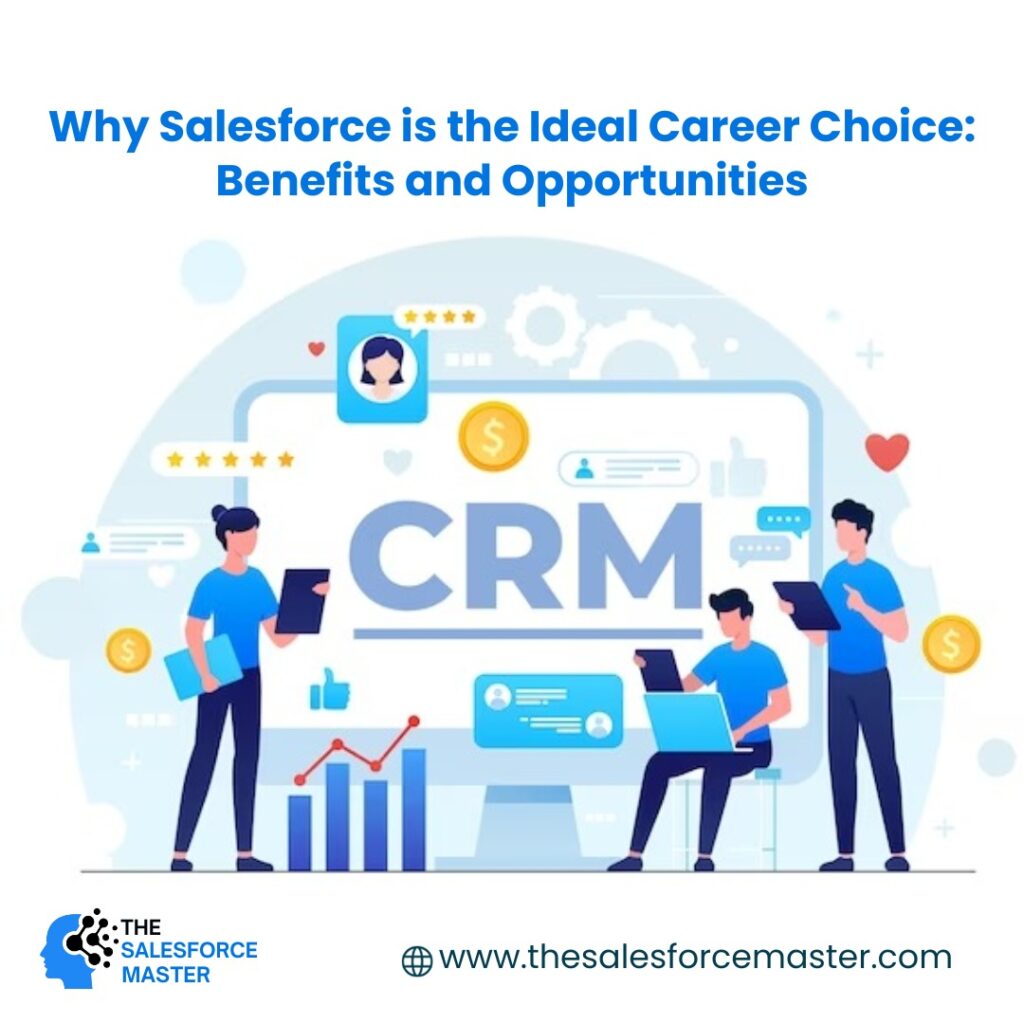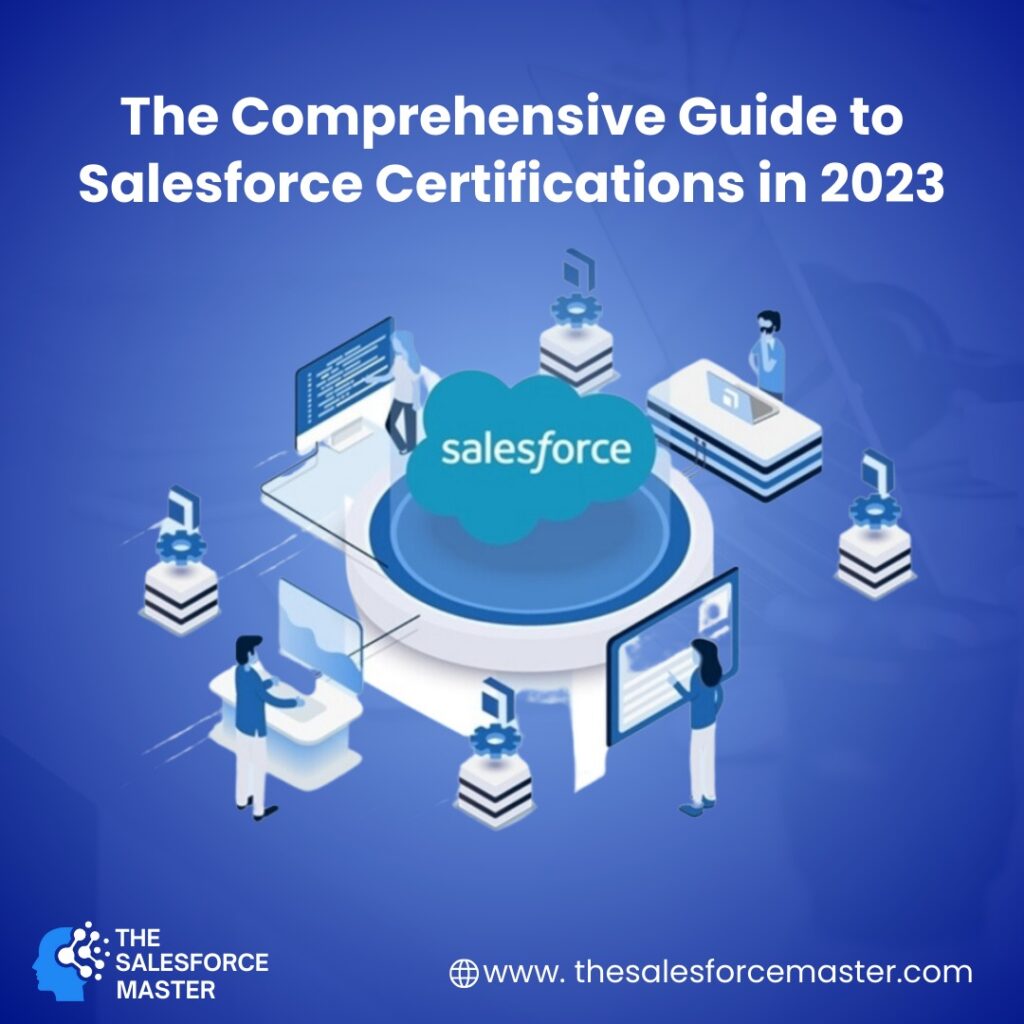
Joining the Salesforce ecosystem can be both intimidating and thrilling. A little over a year ago, I became a trainee technical consultant at Giveclarity. After three months of training, I immersed myself in the dynamic world of consulting. As a new member of the technical team, I find myself tackling a variety of tasks, from handling support cases to writing and testing code to provide effective solutions to our clients. Describing this journey as a learning experience is an understatement. It’s been an educational, challenging, enjoyable, and crucial step in my early Salesforce career.
In this blog post, I’ll outline my schedule for a recent workday. While it’s essential to note that no two days are identical, the following account is a reasonably representative snapshot of my day-to-day activities.
A Typical Day Schedule
9:00 am – Log on and check email
I power up my laptop and swiftly check my email and Teams messages to ascertain if any urgent responses are required. As expected, there’s nothing pressing today. Satisfied with this observation, I prepare a cup of tea, roll up my sleeves, and launch Visual Studio Code.
9:30 am – Review Lightning Web Component and batch class
This morning, my primary focus is on finalizing a batch class and a Lightning Web Component for one of our clients. As I approach the completion of these tasks, my main objective is to thoroughly test the functionality. I’ve already written Apex tests, which I run to ensure the robustness of the code. Additionally, I conduct manual tests in a sandbox environment.
I find working with JavaScript and Lightning Web Components particularly enjoyable in Salesforce development, and the entire process of planning, implementing, and testing these tickets has been fulfilling. Before heading into my first meeting of the day, I make a note of a few additional tests that I plan to run to ensure comprehensive testing coverage.
10:00 am – Stand-up call
Afterward, I hop on a Teams call to touch base with my line manager and fellow technical consultants from our office. These calls provide a structured way to discuss our ongoing projects. They not only help me stay organized throughout the day but also keep me informed about the tasks and projects my colleagues are handling. This proves especially beneficial when we’re engaged in similar types of work or projects.
10:30 am – Alignment call with lead functional consultant
Over the last four months, I’ve been dedicated to a new Salesforce implementation project for a prominent charity. Regularly, I engage in alignment calls with the project’s lead functional consultant, who has proven to be an invaluable resource. His extensive experience, gained over many years with the company, has been instrumental in enhancing my understanding of the entire project lifecycle.
As we near the conclusion of our third sprint, our discussions revolve around addressing various loose ends, with a focus on tasks such as finalizing test scripts for the client. These sessions continue to contribute significantly to my knowledge and proficiency in managing the project effectively.
11:00 am – Weekly client call
I occasionally find it challenging to switch between tasks, so I appreciate that my upcoming meeting involves our weekly call with the client. This discussion will build on the previous meeting where the lead functional consultant and I talked about the client.
During this meeting, we’ll go over the developments we’ve achieved in the past week and address any obstacles we’ve encountered. Additionally, we’ll review the current sprint in JIRA and provide a brief preview of upcoming tasks.
11:30 am – Writing test scripts
I’m now tasked with creating the test scripts for the upcoming sprint, specifically focusing on payment processing. This involves breaking down the functionality into its most basic steps. Precision is key in this process to ensure that each step is explicitly outlined and no assumptions are made, as overlooking details now could complicate the testing phase later.
To start, I refer to testing documents from previous projects for guidance. Then, I systematically go through each payment processing ticket, crafting a comprehensive test description, outlining the step-by-step execution process, and specifying the expected results. It’s crucial to maintain clarity and avoid ambiguity to facilitate a smooth testing experience.
As I delve into the intricacies of these scripts, time tends to fly, and before I realize it, it’s time for a well-deserved break and some lunch.
1:00 pm – Lunch/break
2:00 pm – Call with a client regarding a new API
Last week, a client brought to our attention the need to explore a new API that seems to offer more reliable data compared to their current solution.
Yesterday, I spent some time experimenting with the API using Postman to understand its functionality and devised a high-level approach for our investigation. During a call with the client, we delved into the specific information they aim to retrieve from the API. I presented the test calls I executed, and together, we discussed potential challenges and drawbacks associated with transitioning to this API.
Following the call, I documented key points and sent an email to the API’s support team, posing some inquiries for clarification and additional information.
3:00 pm – Session on Data Cloud
We regularly conduct company-wide meetings covering a range of subjects, including Salesforce-related topics. Today’s presentation, led by a colleague, focused on the Salesforce Data Cloud. The session was not only engaging and impressive in delivery but also informative. I gained valuable insights, particularly since my knowledge of Data Cloud was limited before attending the session.
4:30 pm – Review Lightning Web Component and batch class, part two
With approximately 90 minutes remaining, I return to the task I initiated earlier in the day. Engaging in further testing, my persistence pays off as I uncover a minor modification required in my Lightning Web Component.
5:30 pm – Log time, plan for tomorrow, and log off!
That concludes my day! I’ve recorded my time and quickly checked my schedule for tomorrow. With fewer meetings on the agenda, I’ll have the opportunity to focus on addressing some pending tickets and allocate substantial chunks of time to them.
Helpful Tips
As someone navigating the Salesforce landscape without extensive expertise, I’ve gathered a few practical tips that might prove helpful to those in the early stages of their Salesforce journey:
1. Embrace Documentation:
When faced with challenging issues, turn to the Salesforce documentation as a valuable resource. Additionally, explore the Trailblazer Community and Salesforce Stack Exchange for solutions. Chances are, someone has encountered a similar problem before, so leverage the existing knowledge base.
2. Seek Assistance Without Hesitation:
While it’s essential to consult documentation, there comes a point when asking for help is necessary. If you’ve invested a reasonable amount of time in solving a problem with no success, reach out to peers or more experienced colleagues. Clearly communicate the issue and outline the steps you’ve taken to troubleshoot before seeking assistance.
3. Maintain Perspective:
Immersing oneself in problem-solving is gratifying, but it’s easy to lose sight of the bigger picture. Take a step back and discuss your work to gain a comprehensive understanding. This could involve verbalizing your thought process, revisiting assigned tickets, or even utilizing visual aids like handwritten notes or diagrams to break down complex concepts. This approach ensures a holistic perspective on your tasks.
Summary
And that concludes the overview! Hopefully, this provides you with a clearer picture of what an average day might entail for a newcomer in the Salesforce coding realm. It’s crucial to keep in mind that the daily experience for a Salesforce professional can vary based on their specific role and the level of activity in their current projects.


